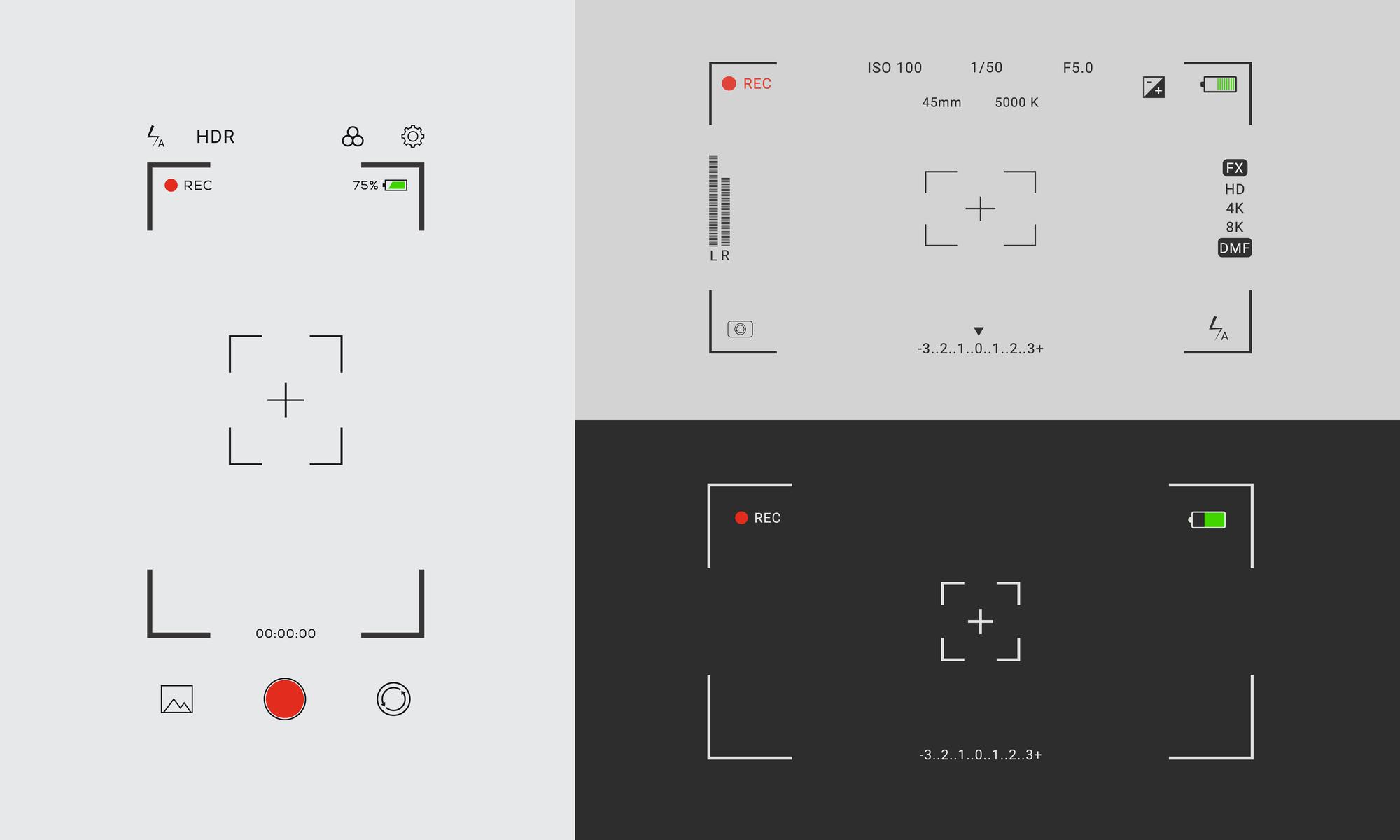Russell Stannard looks at how screen capture technology can be used in this blog post. Russell is the one who started the website www.teachertrainingvideos.com. He received the British Council ELTons prize for technology and the Times Higher Best Initiative award.
Russell is a NILE associate trainer and teaches part-time at the University of Warwick. He works all over the world to teach teachers how to use technology. He also has regular columns in English Teaching expert and Instructor Trainer.
People often ask me what my favorite piece of technology is, and it's probably one of the few questions I can easily answer. Screen capture technology is the best thing I've ever seen. It can be utilized in so many ways and is so easy to use that I don't know what I'd do if I didn't have it.
What's screen capture technology?
Screen capture technology is a simple tool that lets you record what's on your computer screen as if you were pointing a video camera at it. Anything you do on the screen or write will appear in a video.
It also keeps track of what you say. It works great in the classroom. For example, if you wanted to demonstrate to your educators how to use a definite website, you could record yourself and explain what you did. Then you could save the video and give it to the students.
10 ways it could be used.
Here are ten great ways to use screen technology, all of which I've used and many more.
Lecture
A lecture is easy to record and then put online. Just open the Powerpoint on your computer monitor, turn on the screen recording software, and start recording. Don't forget that it will also document your voice and that you can move from one slide to the next.
Then, you could give the recording to the students or put it on YouTube and give the students the link to it. Remember that your students could also record themselves offering a PowerPoint presentation if they have screen capture technology.
Diagram
As teachers, we have to talk about diagrams and graphs a lot. We might want to explain some of the information they show, or we might want the students to explain what the diagram is showing. In either case, you can easily open the diagram on the screen, turn on the screen recording technology, and record yourself talking about the diagram.
Marking scheme
Sometimes just giving a student a list of points is not enough. It might be helpful to make a short video in which you go over the marking scheme and point out the most important parts. You won't have to go over this in class. You could put the video on the school's website or in a virtual learning environment, where students could watch it as they worked on their assignments and thought about how they would be graded.
Mini grammar
Imagine that you have gone through your students' work and found that they are having trouble with a certain grammar rule, prefix, or word. You can make a mini-lesson by writing down the rule and then recording yourself explaining it. Then you can give it to everyone in the class.
Website
There are some wonderful websites for learning English, but most students don't know about them or what they have to offer. You can create a short video that leads them around the site. For example, you could show them what they can do on the webpage and where the best content is.
Pronunciation
You may have noticed that some students had trouble pronouncing certain words during the lesson. You could write down the words you want to focus on, mark where they should be stressed, and then make a short video going over the words. Then you can show the video to the class.
General feedback
I said at the beginning that we could give feedback using screen capture. Feedback doesn't always have to be given to a specific teacher. For instance, you might have read several essays and found a few relevant points you wanted to discuss. You could easily list the main points in Word Documents and then record yourself going over them. This could mean you don't have to waste class time reviewing the problems again.
Technology instruction
Students often have to use the school's Moodle site or learn how to use technology like Microsoft Word or Quizlet. You can document yourself using the new tech and explain how it works. Then you can make the recording available to the students, hopefully making their lives easier and yours.
Assessment
Lastly, when I taught Video content in Education, the tests I gave were often several pages long, so I made a video of myself reading through the test and pointing out the most important parts. After that, I would give the video to the students.
Feedback
Their work can be sent to you. You bring it up on the screen, turn on the software that captures the screen, and then start to fix their work. The video will show all you say and do, and you can send it to the students. They can hear and see as you give them feedback on their work. These are just 10 ways I've used screen capture technology.





